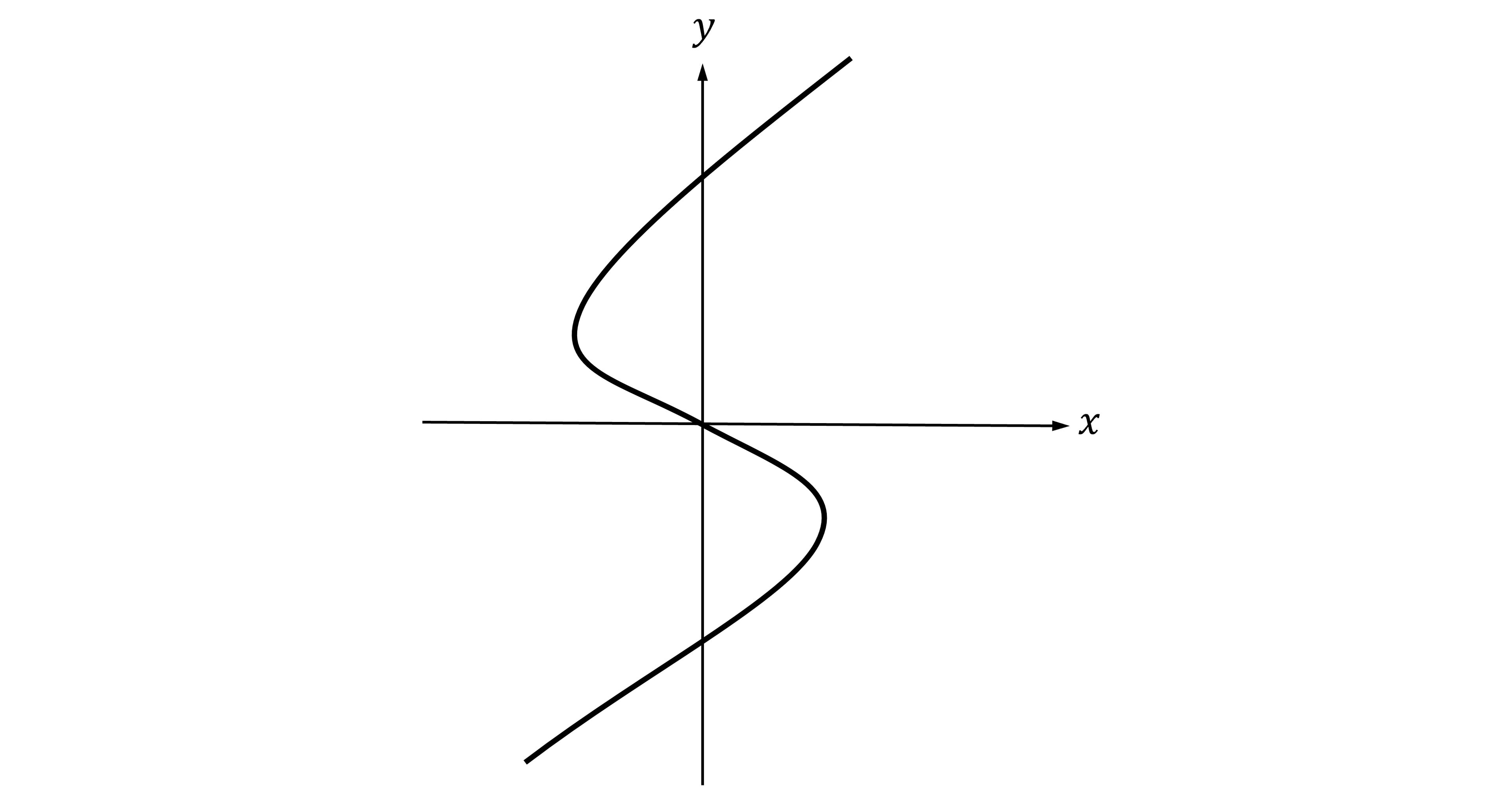Derivatives of Parametric Equations (College Board AP® Calculus BC): Study Guide
Derivatives of parametric equations
What is the parametric first derivative?
The parametric first derivative is given by the formula:
This gives the slope of a line that is tangent to a parametric curve at the point with

It comes from
You can use it provided
at
(to avoid division by zero)
How do I calculate the parametric first derivative?
For example, to find
at
on the curve given by
and
:
Differentiate the parametric equations individually
and
Substitute them into the parametric first derivative, getting the order correct
Evaluate this at
:
Examiner Tips and Tricks
You may be asked to find the equation of the line tangent to a parametric curve at a particular point, which requires calculating the parametric first derivative.
How do I find horizontal and vertical tangents?

A horizontal tangent occurs at a point
when
at
and
at
Substituting these into the parametric first derivative formula gives zero
A vertical tangent occurs at a point
when
at
and
at
Substituting these into the parametric first derivative formula gives an infinite value
If both
at
then the limit of
needs further investigation
Examiner Tips and Tricks
If asked to find any local maxima, minima or points of inflection on a parametric curve, start by finding all the points at which the tangent is horizontal (then investigate further, e.g. with a sketch or second-derivative method).
Worked Example
A curve is given parametrically by
Part of the curve is shown below.

(a) Find the slope of the line that is tangent to the curve at .
Answer:
You need to use the parametric first derivative,
First, differentiate the parametric equations individually
Then substitute these derivatives into the formula, with on the top and
on the bottom
Substitute in the parameter and simplify
The slope of the line that is tangent to the curve at is 2
(b) Find the values of at which the tangent to the curve is vertical. Find the equations of these tangents.
Answer:
Vertical tangents are points when and
Set and solve
Check that by substituting
into
To find the equations of the vertical tangents, remember that vertical lines have the equations where
is a constant
Substitute into
and
The point at has a vertical tangent with equation
The point at has a vertical tangent with equation
(c) Show that the curve has no horizontal tangents.
Answer:
Horizontal tangents are points when and
Set and try to solve
There are no solutions to this equation as you cannot square root a negative number
There is no value of for which
so no horizontal tangents

Unlock more, it's free!
Did this page help you?